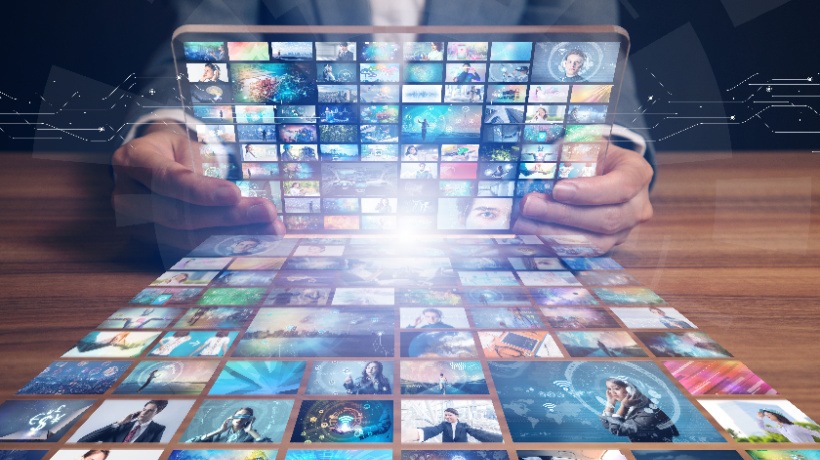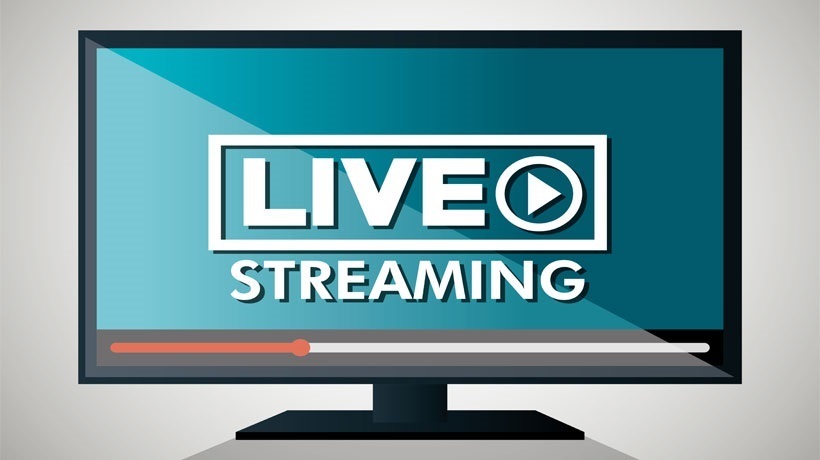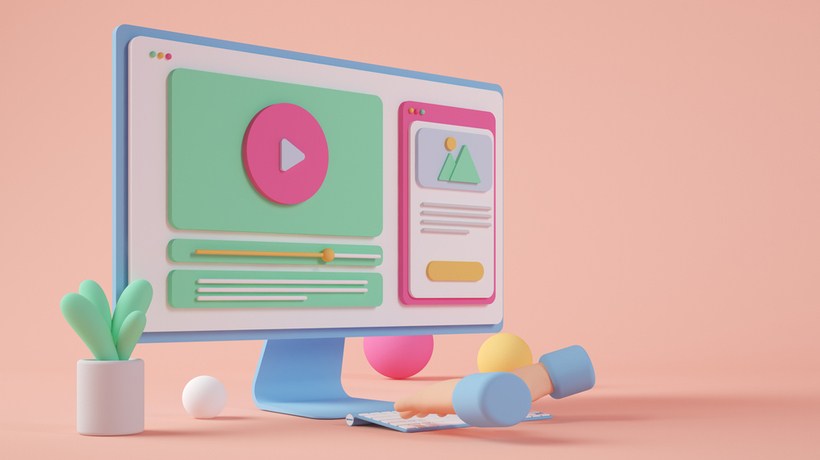Leveraging Streaming Technology For Accessibility And Inclusivity
In recent years, the landscape of education and training has undergone a profound transformation, largely propelled by the integration of advanced streaming technologies. The traditional classroom setup is evolving into a dynamic digital environment, fostering a new era of learning that transcends geographical boundaries. This article explores the multifaceted impact of streaming technology on education and training, unraveling its implications for students, educators, and professionals alike.
How Streaming Technology Impacts Education And Training
1. Revolutionizing Accessibility And Inclusivity
One of the primary contributions of streaming technology to education is the democratization of access to learning resources. Live and on-demand streaming platforms have made it possible for students worldwide to engage with educational content remotely. Geographical constraints are no longer insurmountable barriers, allowing learners from diverse backgrounds to access quality education. This inclusivity extends beyond traditional academic settings, reaching individuals seeking professional development and specialized training.
2. Enhanced Interactivity And Engagement
Streaming technology has redefined the dynamics of engagement in educational settings. Interactive live-streaming sessions, virtual classrooms, and real-time collaboration tools empower students to actively participate in discussions and activities. This fosters a sense of community and engagement, transcending the limitations of physical classrooms. Educators can leverage these interactive features to tailor their teaching methods, ensuring that diverse learning styles are accommodated.
3. On-Demand Learning: Flexibility And Personalization
The advent of on-demand streaming has ushered in a new era of flexibility in learning. Students and professionals can access course materials and training resources at their own pace and convenience. This flexibility not only accommodates diverse schedules but also allows for personalized learning paths. Learners can revisit content, focus on specific areas of interest, and tailor their educational journey to match their individual needs and goals.
4. Cost-Efficiency And Resource Optimization
Streaming technology contributes significantly to cost-efficiency in education and training. Traditional methods often involve substantial expenses related to physical infrastructure, travel, and printed materials. Streaming platforms reduce these costs by providing a scalable and sustainable alternative. Educators can reach a global audience without the need for extensive physical resources, making education more accessible and affordable.
5. Real-Time Assessment And Feedback
Streaming technology facilitates real-time assessment and feedback mechanisms, offering immediate insights into students' understanding of the material. Live quizzes, polls, and interactive discussions provide educators with valuable data that can inform instructional decisions. This real-time feedback loop enhances the learning experience, allowing for timely interventions and adjustments to teaching strategies.
6. Professional Development And Lifelong Learning
Beyond traditional education, streaming technology plays a pivotal role in professional development and lifelong learning. Professionals can engage in live webinars, virtual workshops, and on-demand courses to stay abreast of industry trends and acquire new skills. This continuous learning model aligns with the demands of rapidly evolving industries and empowers individuals to adapt to changing professional landscapes.
Challenges And Considerations
While the impact of streaming technology on education is overwhelmingly positive, challenges do exist. Issues related to digital equity, technological infrastructure, and data security need to be addressed to ensure that the benefits of streaming technology are accessible to all.
Additional Benefits To Streaming Technologies
1. Facilitating Global Learning Communities
Streaming technology has facilitated the creation of global learning communities, connecting students and professionals across borders. Virtual classrooms and collaborative platforms enable the exchange of ideas and perspectives, enriching the learning experience with diverse cultural insights. This interconnectedness not only broadens horizons but also prepares individuals for a globalized workforce where cross-cultural communication is a valuable skill.
2. Immersive Learning Experiences With Augmented Reality (AR) And Virtual Reality (VR)
The integration of AR and VR technologies into streaming platforms has ushered in a new era of immersive learning experiences. Students can explore historical sites, conduct virtual science experiments, or engage in lifelike simulations, transcending the limitations of traditional textbooks. This hands-on, experiential learning fosters a deeper understanding of complex subjects and enhances retention.
3. Adaptive Learning Algorithms For Personalized Instruction
Streaming platforms leverage sophisticated algorithms to analyze user data and tailor content delivery based on individual learning preferences and performance. Adaptive learning systems provide personalized challenges, recommendations, and resources, ensuring that each learner progresses at their optimal pace. This approach maximizes the effectiveness of educational content by catering to the unique needs of each student.
4. Empowering Educators With Advanced Analytics
Educators benefit from streaming technology through access to advanced analytics that offer insights into student engagement, performance, and areas of improvement. These analytics empower teachers to refine their instructional methods, identify at-risk students early on, and implement targeted interventions. The result is a data-driven approach to education that enhances the overall quality of teaching and learning.
5. Catalyzing Innovation In Teaching Methods
Streaming technology encourages educators to explore innovative and interactive teaching methods. Flipped classrooms, gamified learning experiences, and multimedia-rich content are becoming more prevalent, providing students with dynamic and engaging educational materials. This shift towards innovative pedagogical approaches ensures that education remains captivating and relevant in the digital age.
The Future Of Streaming In Education: Artificial Intelligence (AI) And Beyond
Looking ahead, the integration of AI into streaming platforms holds immense potential for further revolutionizing education. AI-driven chatbots can provide instant assistance to learners, while Machine Learning algorithms can analyze vast datasets to predict learning trends and recommend personalized educational pathways. The future promises even greater adaptability and efficiency in the realm of online learning.
Conclusion
In conclusion, the integration of streaming technology in education and training represents a transformative shift, democratizing access, enhancing engagement, and fostering a culture of continuous learning. As we navigate this digital frontier, it is essential to address challenges systematically, ensuring that the advantages of streaming technology are harnessed for the collective advancement of education and professional development.









